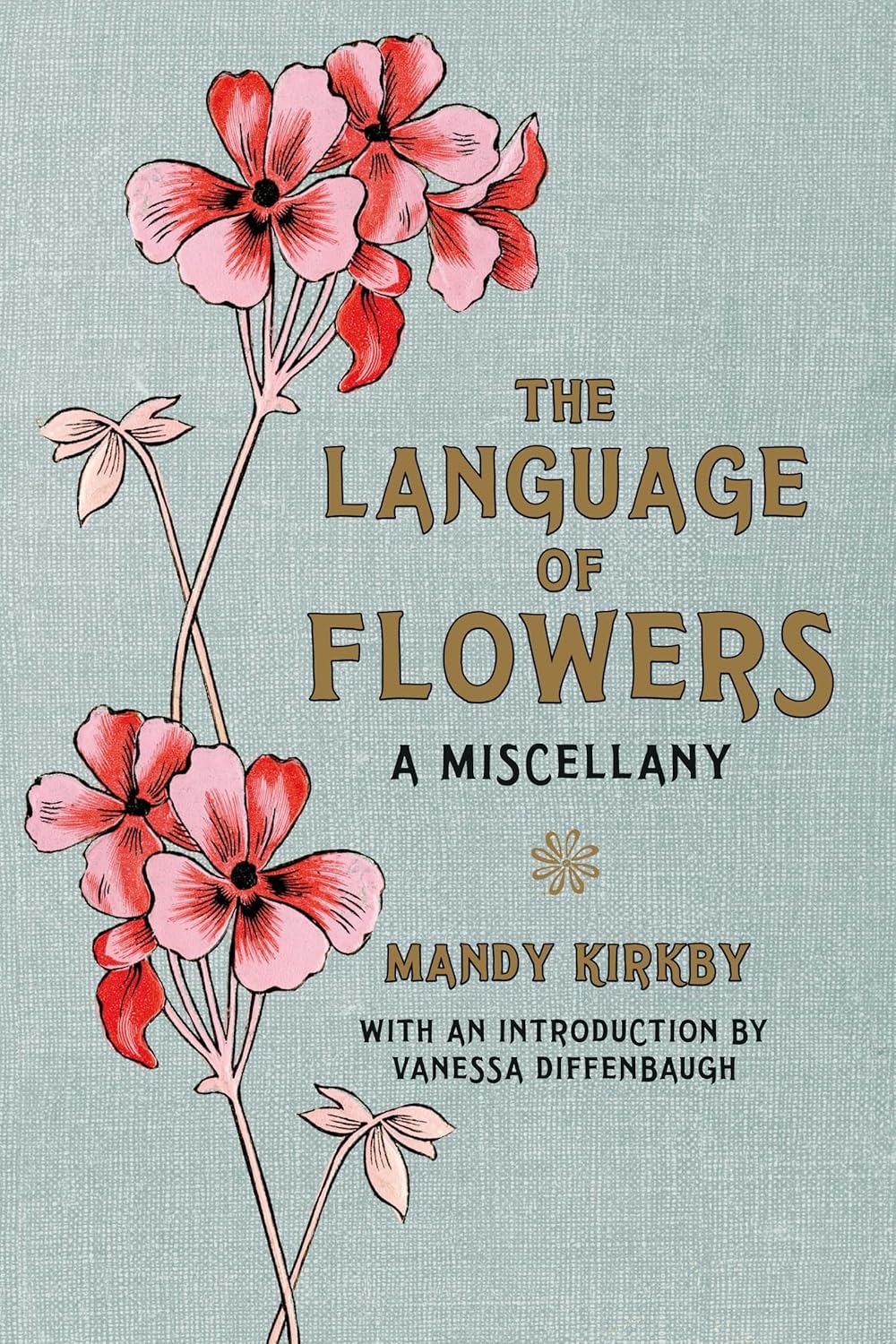About this deal
I also have this can of tinned pineapple (I'm sure it counts) which means "You are perfect"... if you could just give that to Grant for me? Thanks. This book had a great dreamy almost magical realism feel about it. And magical realism is my favourite kind of realism. I love the characters, even when I hated them, and the writing was just glorious without being too... wait for it.... *cough* flowery. And, nearly done, here is some raspberry. Not to make a fruit salad with the pineapple but to represent remorse that it took me so long to read this book.... but you can eat it if you want.
Centred around an upper class couple's imminent marriage, Wharton's story explores the intricacies of societal mores in 1870s New York, a salacious landscape of gossip. Wharton was able to tap into the complexities of high society through an understanding of the era's traditions. Consequently, the use of flowers plays an important role in the narrative, with the character of May always sporting white blooms. This book will be welcomed by those who love floraculture and gardening as well as those who just love looking at flowers and want to know more about them. The informative, alphabetical listings include lovely illustrations and many facts. Robert Tyas was a popular British flower writer, publisher, and clergyman, who lived from 1811 to 1879; his book, The Sentiment of Flowers; or, Language of Flora, first published in 1836 and reprinted by various publishing houses at least through 1880, was billed as an English version of Charlotte de la Tour's book. [7]Reprints published by Robert Tyas, London, 1841; Houlston and Stoneman, London, 1844; George Routledge and Sons, London, 1869; George Routledge and Sons, London, 1875; George Routledge And Sons, London, 1880.
Perhaps the unattached, the unwanted, the unloved, could grow to give love as lushly as anyone else.” Flowers in Shakespeare's plays / RHS Campaign for School Gardening". schoolgardening.rhs.org.uk . Retrieved 2016-11-02. Lovely Victoria learns the art of flowers language from a young age, and we learn about her as she starts this life lesson. It was a continual blossoming, and the floral images amazing. I am not capable of even arranging a simple arrangement, but the imagery created for me was breathtaking and evocative.This work of historical fiction was a book club selection and that is how I came to read it. It is without a doubt a must read for historical fiction readers as well as people who as with Victoria may seek joy in flowers by arranging them , smelling then, or just looking at them. This is the story of a girl who matures into a woman while dealing with some of the darkest times a human being can deal with and triumphing with a little help from her flowers. This child, this self-admitted odd-bod, Victoria has been in the foster system since birth. Ask her who her parents are and she will say the Foster System. At age ten, she has been in thirty-nine different foster homes. She is used to, at a moment's notice, being removed or rejected by her foster parents. She travels light, everything she owns is in a small canvas bag which includes her Dictionary of Flowers. The story is told in two sequences of time; when she is ten, going to a new foster home, and when she is eighteen, upon her emancipation from the state foster system. She uses meaning of flowers to convey what she thinks and feels. Over the course of the novel, Victoria creates her own dictionary of flowers using paste cards, definitions, dried flowers and illustrations. My abridged version of Victoria's dictionary as follows: Thank you to NetGalley and Quarto Publishing Group – Wellfleet Press for this book in exchange for an honest review. Nonetheless, the memories of those floral customs, so deeply woven into Victorian culture, still resonated; floriography still permeated literature, ensuring the tradition was always in the periphery. Most notably, floriography plays a key role in Edith Wharton's 1920 novel The Age of Innocence, set in the Gilded Age of New York. I liked the cover and the concept behind this book. I also enjoyed the illustrations however at the same time found them completely useless. Content wise, this book is mostly a miss with certain outlier flowers with a decent amount of knowledge written. about them.
 Great Deal
Great Deal 